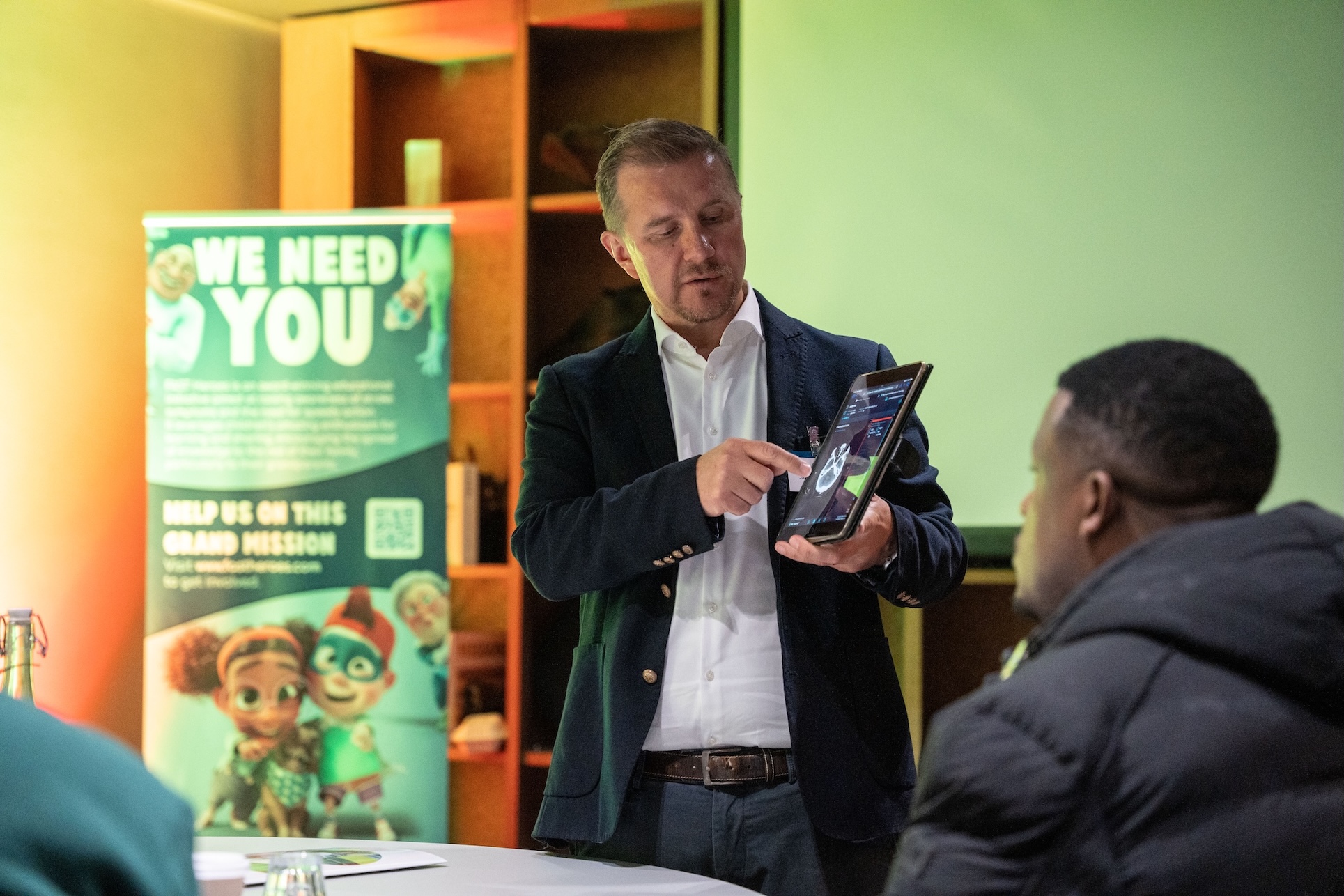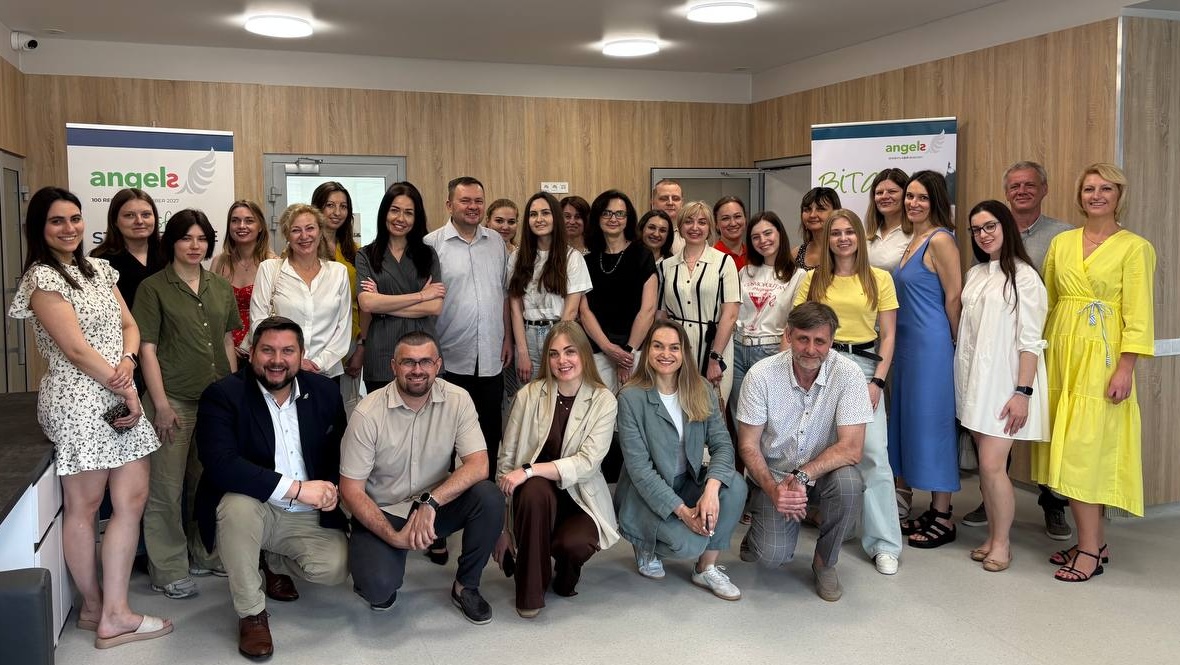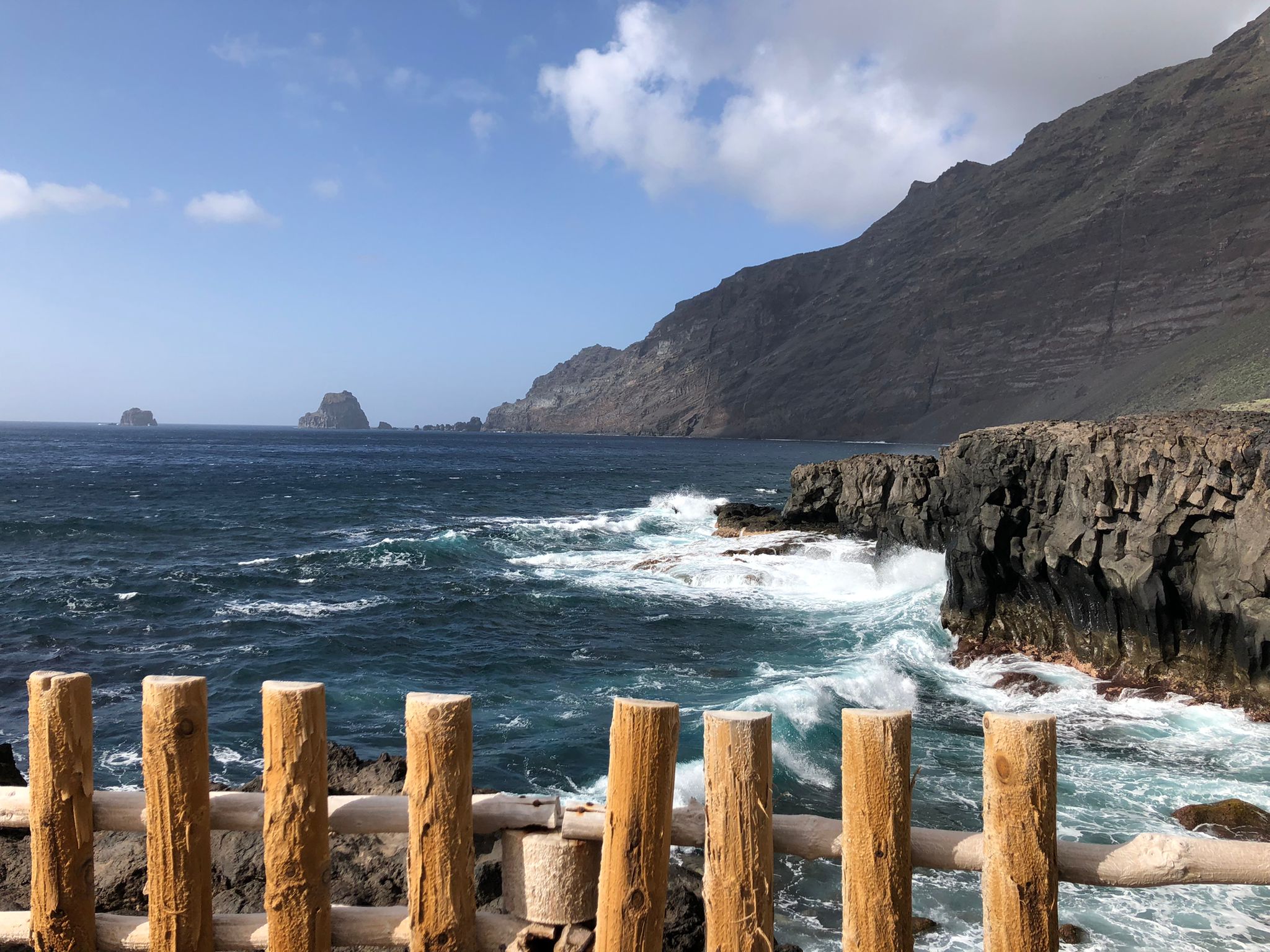
El Hierro este o mică insulă vulcanică care a ieșit din ocean acum aproximativ 1,2 milioane de ani. Puțin mai mult decât un punct în ocean, lângă coasta Africii, acesta formează partea sud-vestică a arhipelagului spaniol, cunoscută sub numele de Insulele Canare. Pentru vizitatori, este un mic paradis al frumuseții vulcanice sălbatice, unde este primăvară pe tot parcursul anului și în care scubatorii, paragliderii și drumeții sunt atrași de coasta zimțată, de apa curată ca cristalul și de pădurile care lustruiesc nori.
Populația sa de aproximativ 12.000 de persoane se bucură de această frumusețe cât mai mult timp posibil, mulți dintre ei trăind până la o bătrânețe mare. Dar, în medie, de 22 de ori pe an, paradisul este întrerupt atunci când cineva de pe insulă suferă un AVC. Fără niciun tratament disponibil pentru AVC la singurul spital de pe insulă și la cel mai apropiat centru complet, la o distanță de elicopter pe distanța Tenerife, de zeci de ani a fost inevitabil ca pentru aproximativ 22 de familii El Hierro în fiecare an să se piardă paradisul.
Arhipelagul este format din două provincii, fiecare cu capital propriu și fiecare servit de un singur elicopter care oferă o linie a vieții persoanelor criticate. Dar AVC-ul, cu cronologia sa neiertătoare, nu face excepții pentru distanțele dintre insule și până când pacienții de la El Hierro au ajuns la Santa Cruz, viețile lor au fost deja modificate irevocabil.
După ce Alicia Arjona s-a alăturat Angels în calitate de consultant în primele zile ale pandemiei de Covid, a măsurat adesea distanța dintre provincia ei natală din Málaga și capitala El Hierro, Valverde. Documentele lăsate de predecesoarea ei au arătat că Spitalul Nuestra Señora de los Reyes din insulă avea toate resursele necesare pentru a da o șansă la viață – avea o secție de urgență de 24 de ore, imagistică CT disponibilă non-stop, iar echipa primise instruire de la un neurolog din partea lui Santa Cruz. Și totuși 22 de vieți au continuat să fie pierdute sau distruse în fiecare an, în timp ce așteptau un elicopter care nu putea să ajungă la timp.
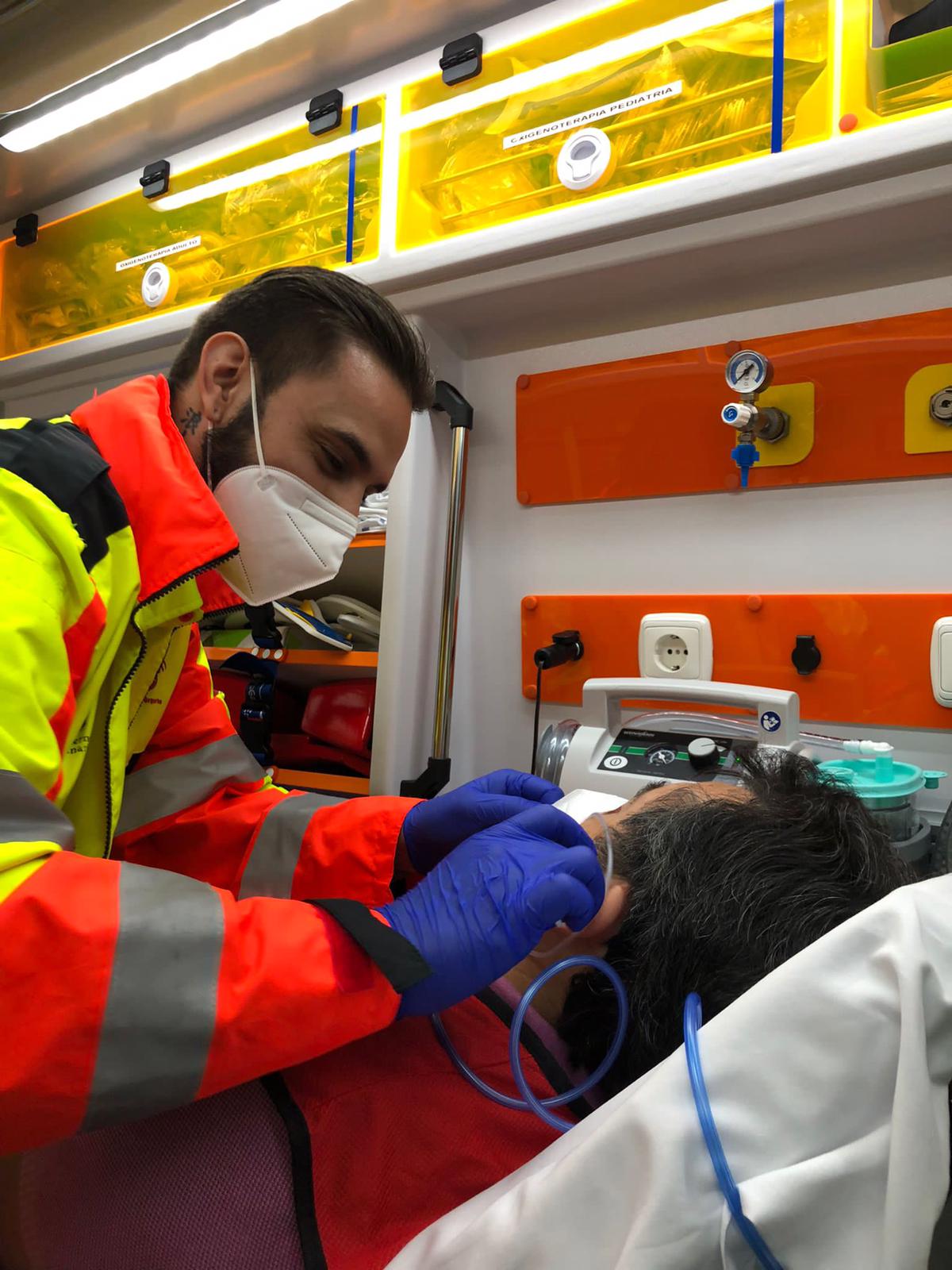
Viața s-a mișcat încet pe insula paradisului, coordonatorul regional al serviciilor medicale de urgență i-a confirmat Aliciei după ce a încercat să ajungă la spital o perioadă de timp. A durat un deceniu ca atacul de cord să fie tratat cu El Hierro, i-a spus el. Tratați accidentul vascular cerebral? Ar trebui fie să uite, fie să fie pregătită să aștepte 10 ani.
Dar în septembrie 2021 s-a dovedit că se înșela. Alicia a primit o invitație din partea gerentului de la Spitalul Nuestra Señora de los Reyes și s-a trezit repede cu mâini și genunchi tremurând, adresându-se unei camere pline de directori și manageri care au fost șocați să afle că spitalul lor era singurul din Insulele Canare care nu trata AVC-ul acut.
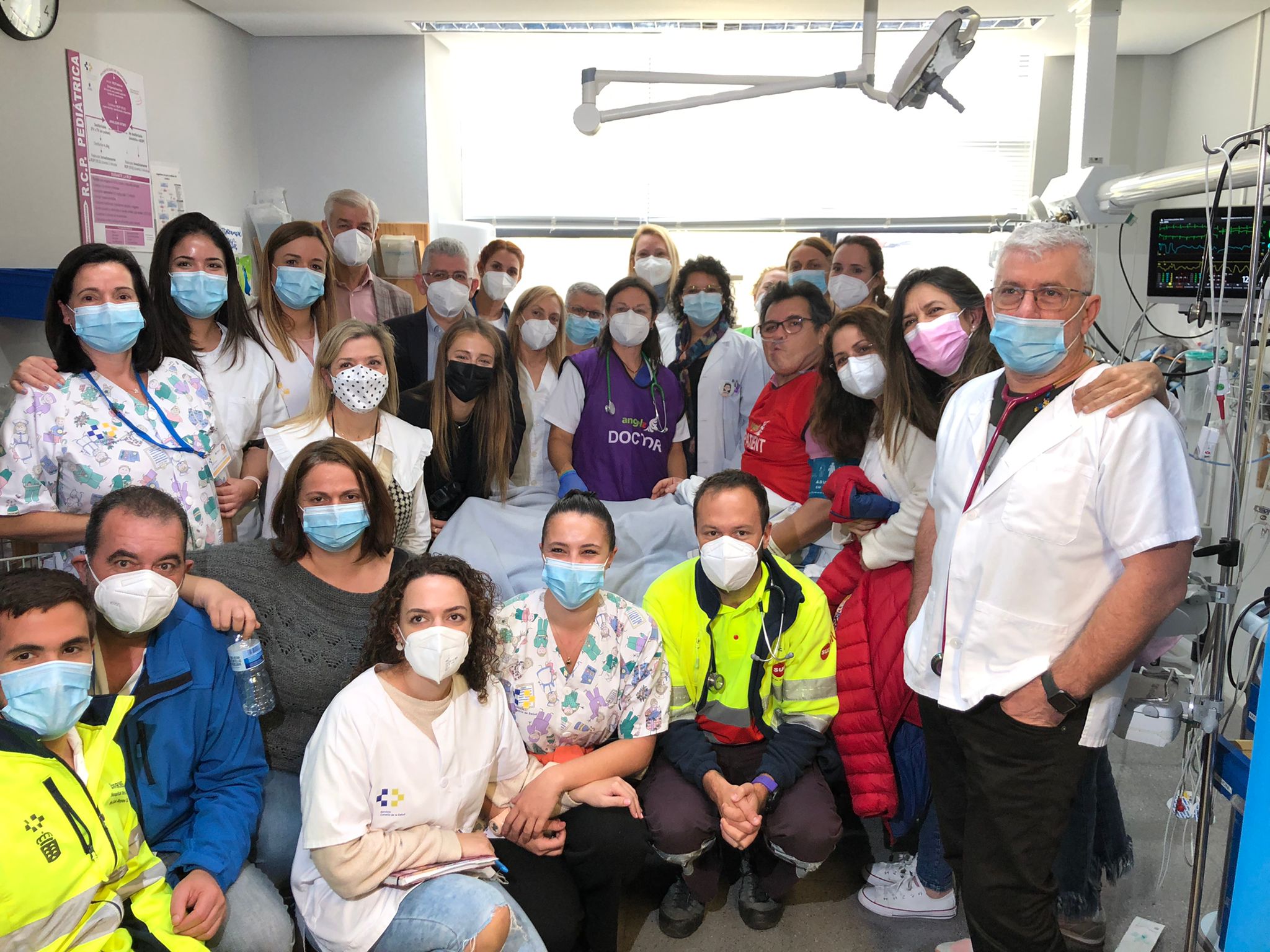
Alicia a decis deja că ceea ce va împiedica această intervenție să nu funcționeze ca ultima a fost un plan de acțiune care a stabilit date ferme pentru acțiuni cheie, cum ar fi o întâlnire multidisciplinară în decembrie, o analiză a protocolului în ianuarie și trei zile de instruire față în față în martie, în timpul căreia a realizat ceea ce s-ar fi dovedit a fi un master AVC.
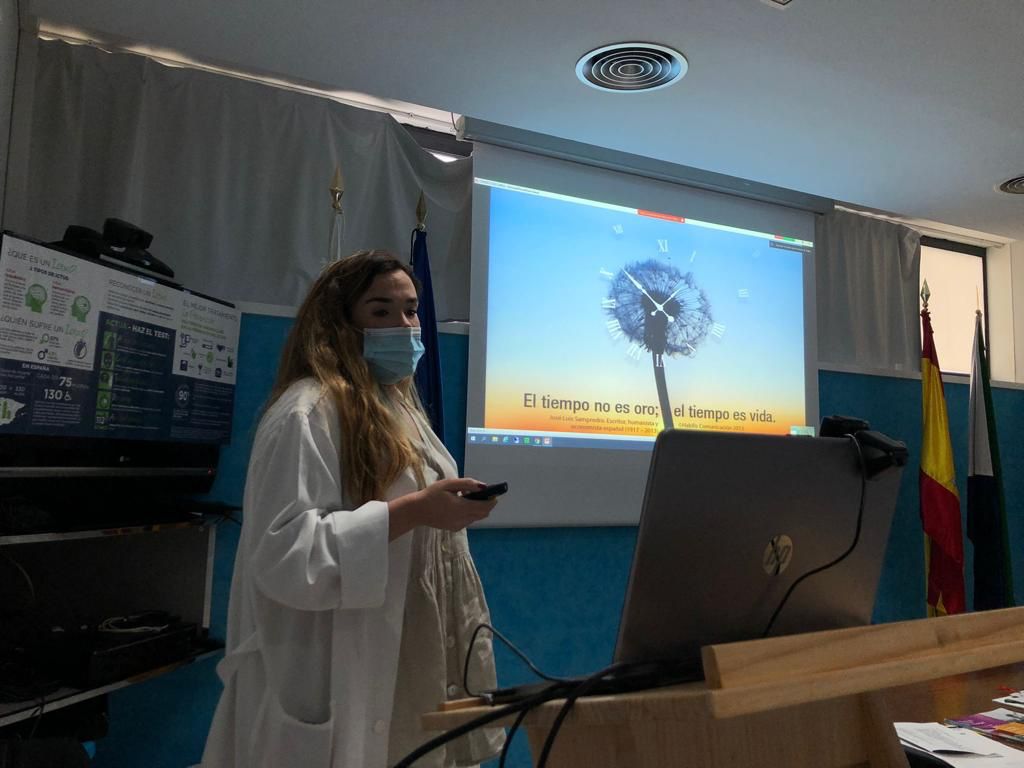
În loc să deschidă evenimentul cu experți care spun unui public pasiv ce ar trebui să facă, ea a dat podiumul spitalului. Emoțiile au crescut în timp ce medicii împărtășeau poveștile somptuoase ale victimelor AVC-ului lui El Hierro. În următoarele câteva zile, pe măsură ce experții au urcat pe podium pentru a oferi instruire atât medicilor, cât și asistenților medicali, emoția s-a transformat în motivație, pe măsură ce echipa de la Spitalul Nuestra Señora de los Reyes a decis să scrie desinențe diferite pentru aceste povești și ale lor.
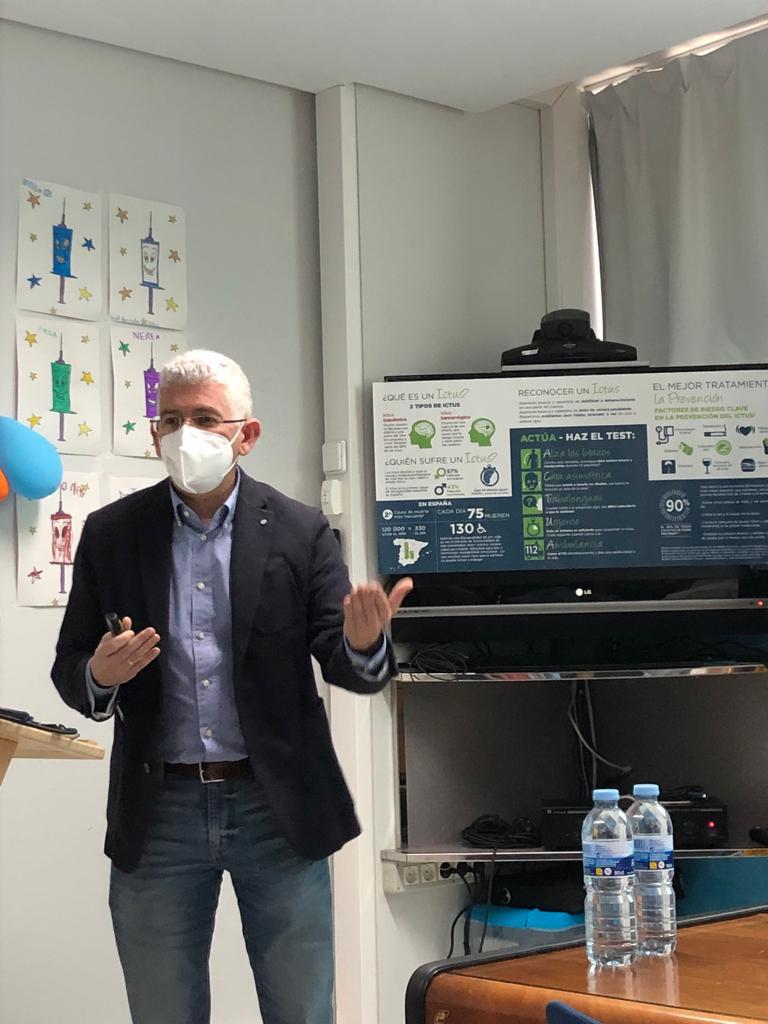
Pe agenda pentru ziua a treia a fost o simulare a traseului AVC, la care a participat primarul și care a fost raportată în presa locală. Până când Alicia s-a întors la Málaga, spitalul s-a angajat să aibă o dată la care să înceapă să trateze – a doua zi din mai – și un obiectiv unic: Deoarece erau una dintre cele mai mici insule din acest paradis, timpul de la sosire până la administrarea tratamentului ar trebui să fie, de asemenea, printre cele mai mici.
Înaintând rapid până pe 20 aprilie și prima sugestie că El Hierro a avut parte de ceva extraordinar înainte de termen a fost un e-mail de la un neurolog din Santa Cruz felicitându-și colegii de la Señora de los Reyes pentru efectuarea primei trombolize. Apoi, telefonul mobil al Aliciei s-a aprins cu mesaje pe WhatsApp trimise de El Hierro, iar apoi presa locală a preluat povestea.
Pe site-ul web al Diario El Hierro s-a raportat că „primul pacient care a primit fibrinoliză la spitalul din El Hierro este un bărbat cu vârsta peste 80 de ani, care a fost evaluat inițial la domiciliu după sosirea ambulanței avansate pentru susținerea vieții de la Serviciul de Urgență din Insulele Canare, din cauza simptomelor compatibile cu AVC.
„Când a început fibrinoliza, a prezentat o ușoară îmbunătățire, începând să-și mobilizeze membrele și să răspundă la stimuli externi. A fost transferat la Spitalul Universitar Nuestra Señora de Candelaria, unde s-a confirmat că trombul s-a dizolvat efectiv cu fibrinoliză și, prin urmare, nu a necesitat trombectomie. În prezent este stabil și internat în unitatea de AVC a spitalului de trimitere.”
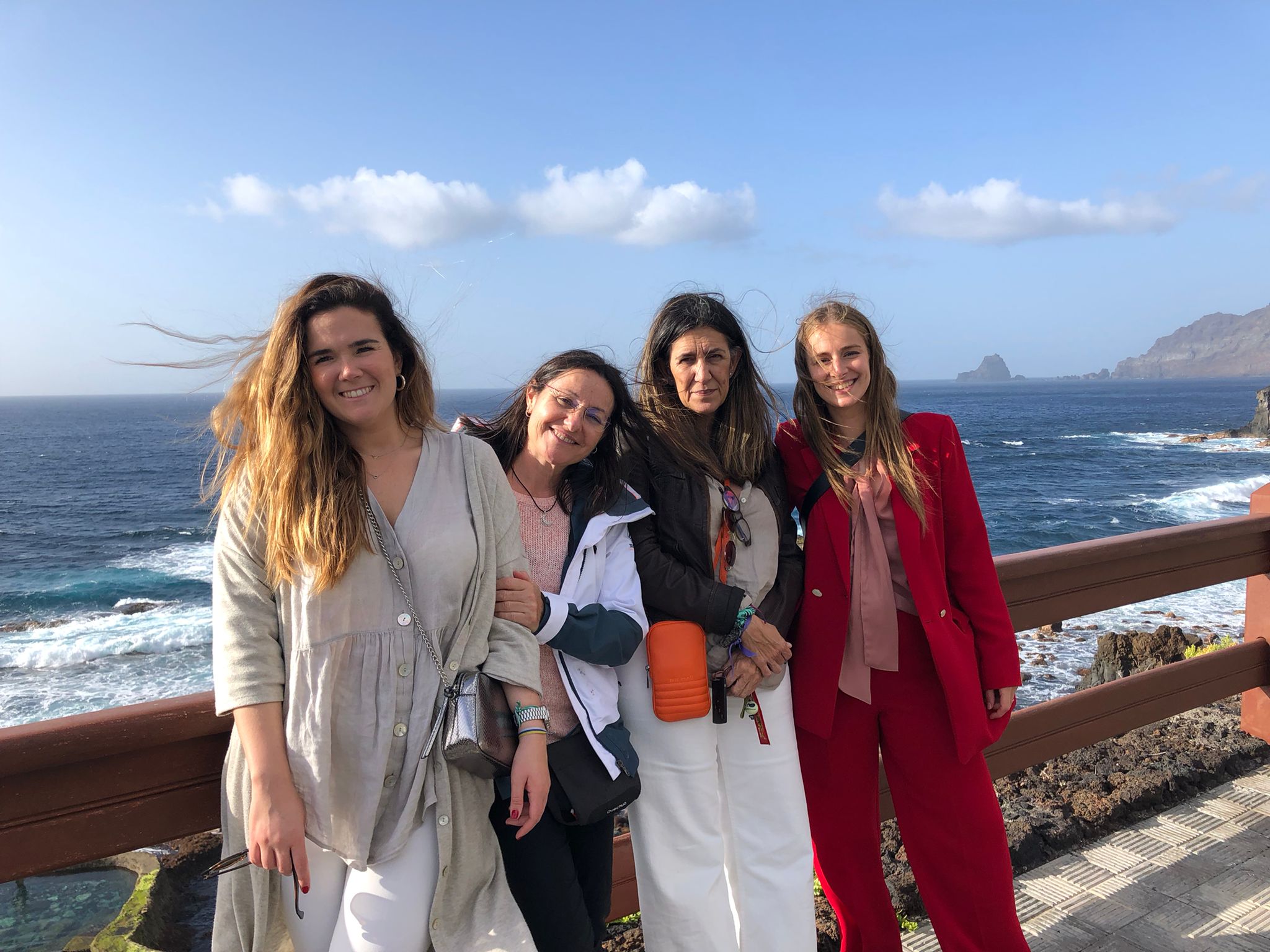
Alicia și echipa de AVC de la El Hierro nu sperau la un început mai bun. Deși nu se cunoaște timpul exact de la sosire până la administrarea tratamentului, tratamentul a început cu 45 de minute de ambulanță care sosește la domiciliul pacientului. Cazul a fost simplu și decizia clară; pacientul nu a avut contraindicații și în timpul trombolizei starea sa s-a ameliorat chiar înainte de ochi.
Povestea lui El Hierro a fost una care i-a schimbat viața - și nu numai pentru cei 22 de pacienți care vor primi în anul următor și, ulterior, în fiecare an, o a doua șansă la viață în micul lor paradis. În Málaga au fost lacrimi de mândrie și ușurare, iar o „nouă” Alicia și-a continuat munca cu o rezolvare proaspătă.

